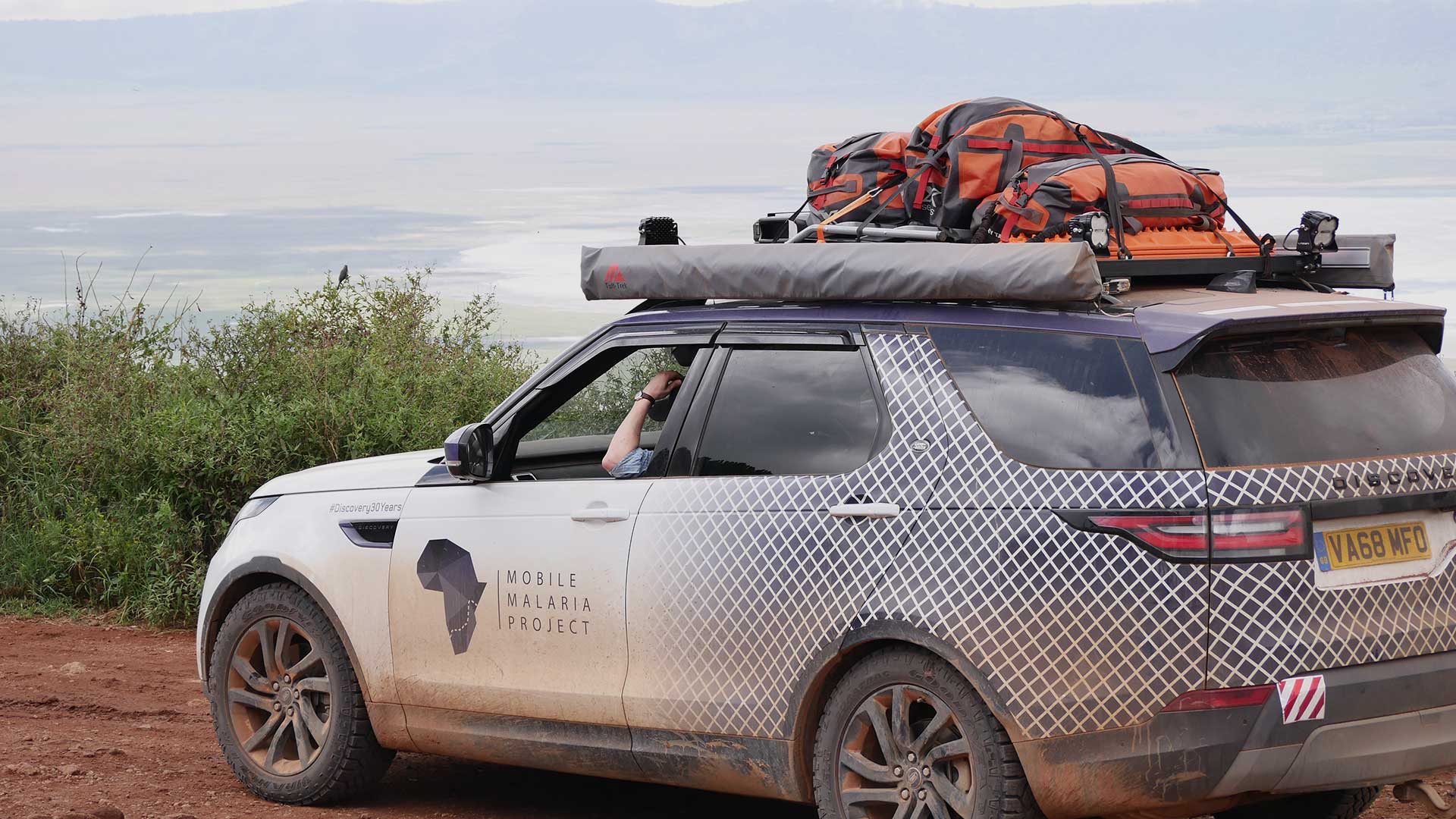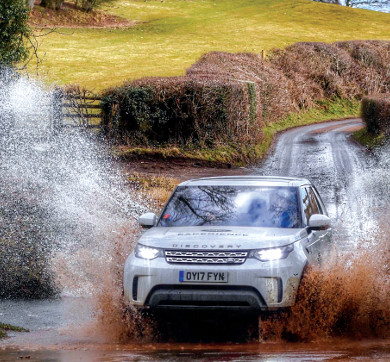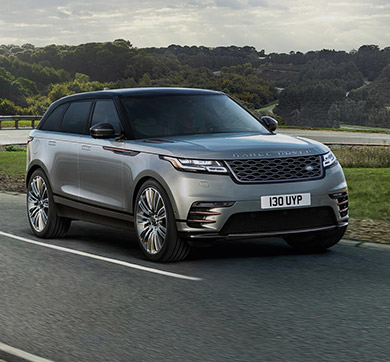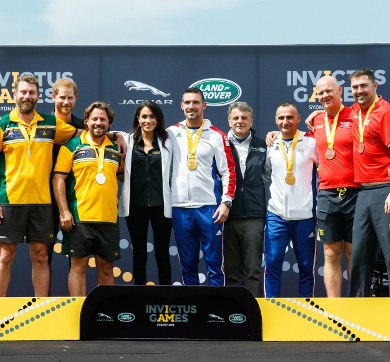February 2021 | 850 words | 3-minute read
On its 30th anniversary last year, the Land Rover Discovery celebrated in style, combining business with pleasure in a setting that is a byword for excitement and adventure.
Organised under the auspices of the Land Rover Bursary, this scientific expedition saw the SUV modified into a mobile laboratory for a pioneering drive across sub-Saharan Africa. The vehicle, a customised model from the Land Rover Special Vehicle Operations, was equipped with state-of-the-art technology.
Worthy cause
According to the World Health Organization (WHO), malaria is a leading cause of death around the world. A disproportionately high share of global malaria cases (93 percent) and deaths (94 percent) occur in Africa, according to a 2018 WHO fact sheet.
While the number of cases had dropped due to better anti-malarial medicines and distribution of insecticide-treated bed nets, this positive trend had been halted in the last few years because of the resistance developed by mosquitoes. Mobile genetic sequencing allows scientists to monitor and study parasite and mosquito populations with an attempt to control resistance.
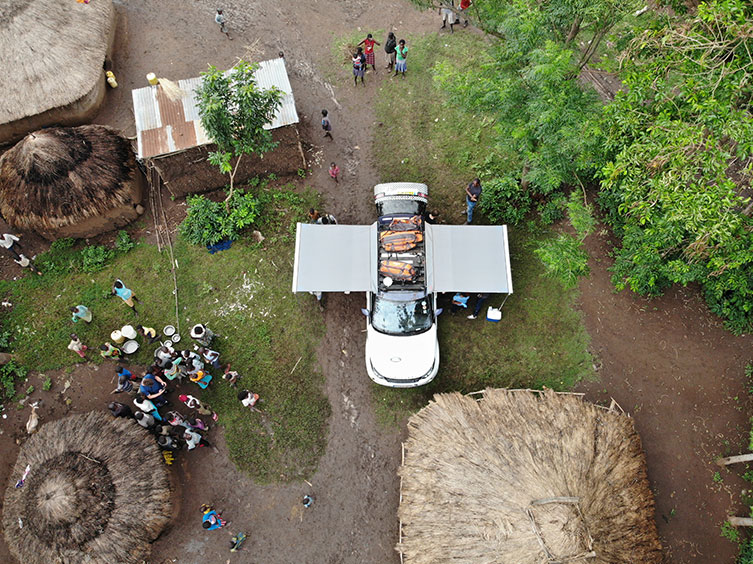
This real-time genetic data can help scientists ascertain which types of mosquitoes are resistant to specific insecticides, thereby helping local control programmes. Such efforts are crucial in the drive to control the spread of malaria.
Dr Steve Iley, JLR’s chief medical officer, says, “Malaria affects millions of people all over the world every year. At Jaguar Land Rover we’re passionate about using our technology to help experts in their field make a real difference and the Land Rover Bursary is a great example of this. We’re really proud that the unique Discovery developed by our Special Vehicle Operations team has helped prove that remote DNA sequencing is possible even in hard-to-reach locations.”
Into the wild
The journey began as part of the 2018 Land Rover Bursary. Three Oxford University researchers set out on a 7,350km journey across the heart of Africa. The four nations they would traverse were Namibia, Zambia, Tanzania and Kenya.
The expedition had been awarded in partnership with the Royal Geographical Society (with Institute of British Geographers), Land Rover’s longest-standing humanitarian and conservation partner. They were awarded an amount up to £30,000 and the use of a bespoke vehicle for their expedition.
The team, led by expedition leader Dr George Busby, an academic scientist and geneticist, worked with local African scientists across the four countries to extract and analyse DNA in remote locations. The other members of the team were Dr Isaac Ghinai, expedition medic and global health researcher; Jason Hendry, expedition scientist, all from Oxford University; and Dr Eric Ochomo, a mosquito researcher at the Kenya Medical Research Institute who co-led a field project in Kenya.
The advantage of being able to carry the equipment into the field meant a huge saving of time as it enabled genetic data to be generated within hours. Generally, scientists have to wait weeks for such data to be compiled as samples need to be obtained, prepared and carefully despatched to overseas laboratories for analysis.
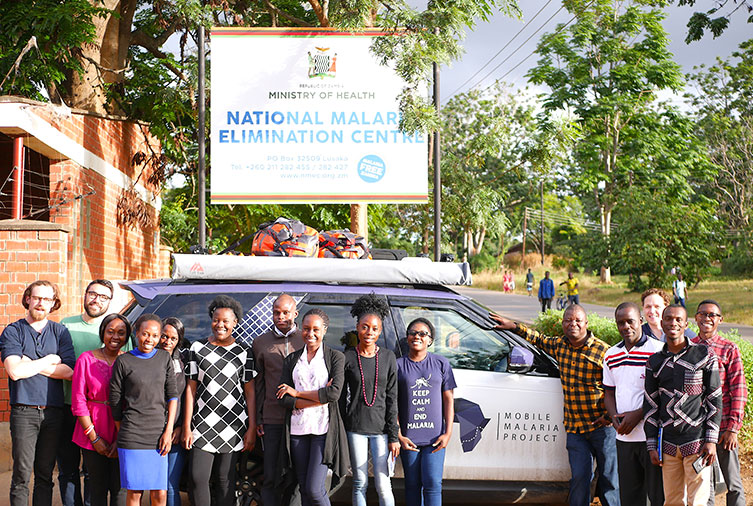
During the two-month trip, the researchers were able to train African scientists to pick up the right kind of samples. They also successfully tested the latest portable genetic sequencing technology in remote off-grid locations for the first time. The highlight of their endeavour was that the bespoke Discovery played a crucial role in this scientific endeavour. Thanks to the equipment, the team was able to generate data even while they were driving, making every moment of the long journey a fruitful one.
Vehicle of choice
The Discovery is Land Rover’s most versatile full-sized SUV, so it was the apt vehicle for the fantastic expedition. The vehicle used by this team was especially converted by the Land Rover Special Vehicle Operations to suit the needs of this project.
This Discovery vehicle was equipped as a mobile genetic sequencing laboratory. Its 1,137-litre load space was fitted with a fridge/freezer to store medical and research equipment supplies, a bespoke load space configuration system to hold the team’s equipment and an on-board expedition battery. A purpose-built dual sun awning, rescue kit, sand/mud tracks, roof rack and LED night driving lamps equipped it for the rough drive.
In addition, the scientific legwork was done by a series of compact genetic sequencing machines, MinIONs. There was also a satellite phone with a receiver box, antennas and handset to upload the data to the Cloud in real time. The vehicle was also prepped up with a special livery, drawing attention to its purpose.
The team did a fantastic job of putting in the necessary equipment while ensuring a comfortable ride for the scientists over long distances. Dr Busby says, “The Discovery was the perfect tool for the job. It took the different terrains in its stride and carried all our kit with ease and performed as a mobile laboratory. Without the support of the Land Rover Bursary, we simply wouldn’t have been able to make this important step of proving the viability of remote DNA sequencing in the field of malaria prevention.”
Thanks to the Land Rover Discovery's all-terrain laboratory, the world is one step closer to its goal of eradicating malaria.
—Cynthia Rodrigues
